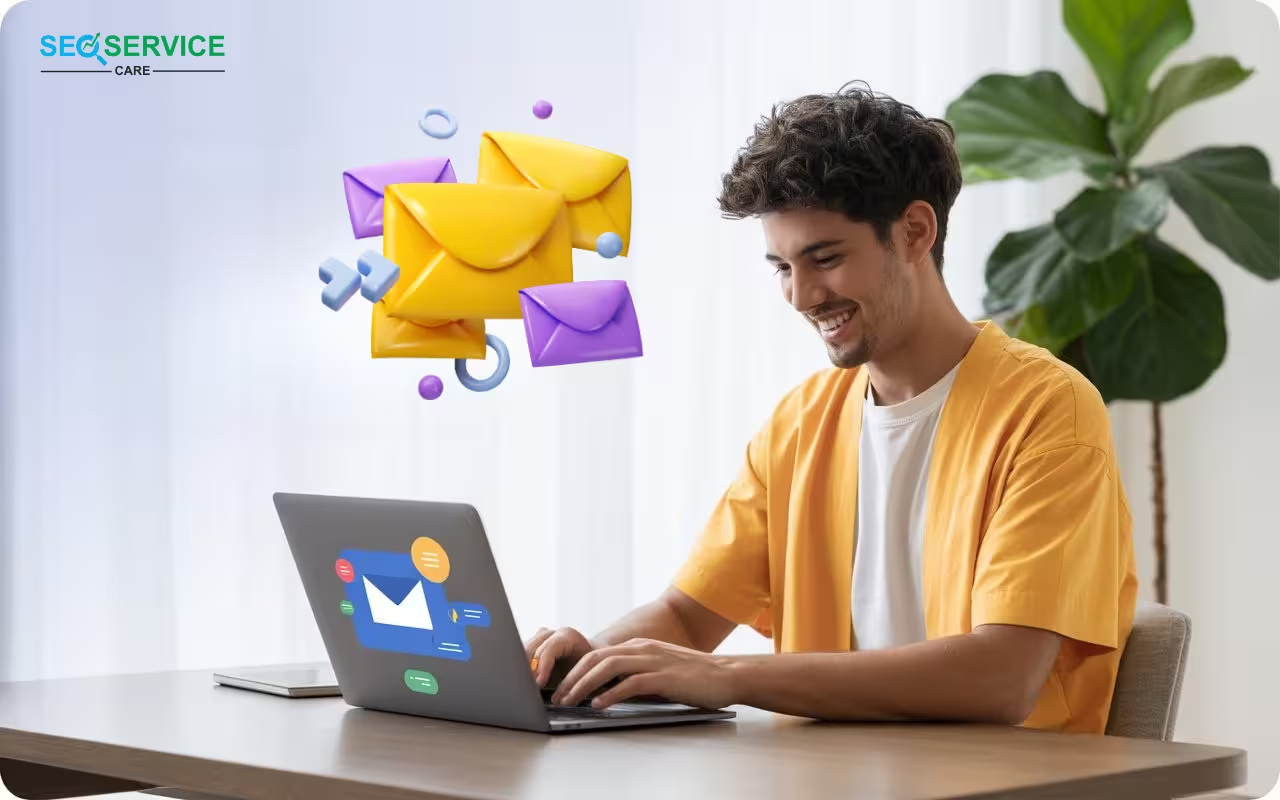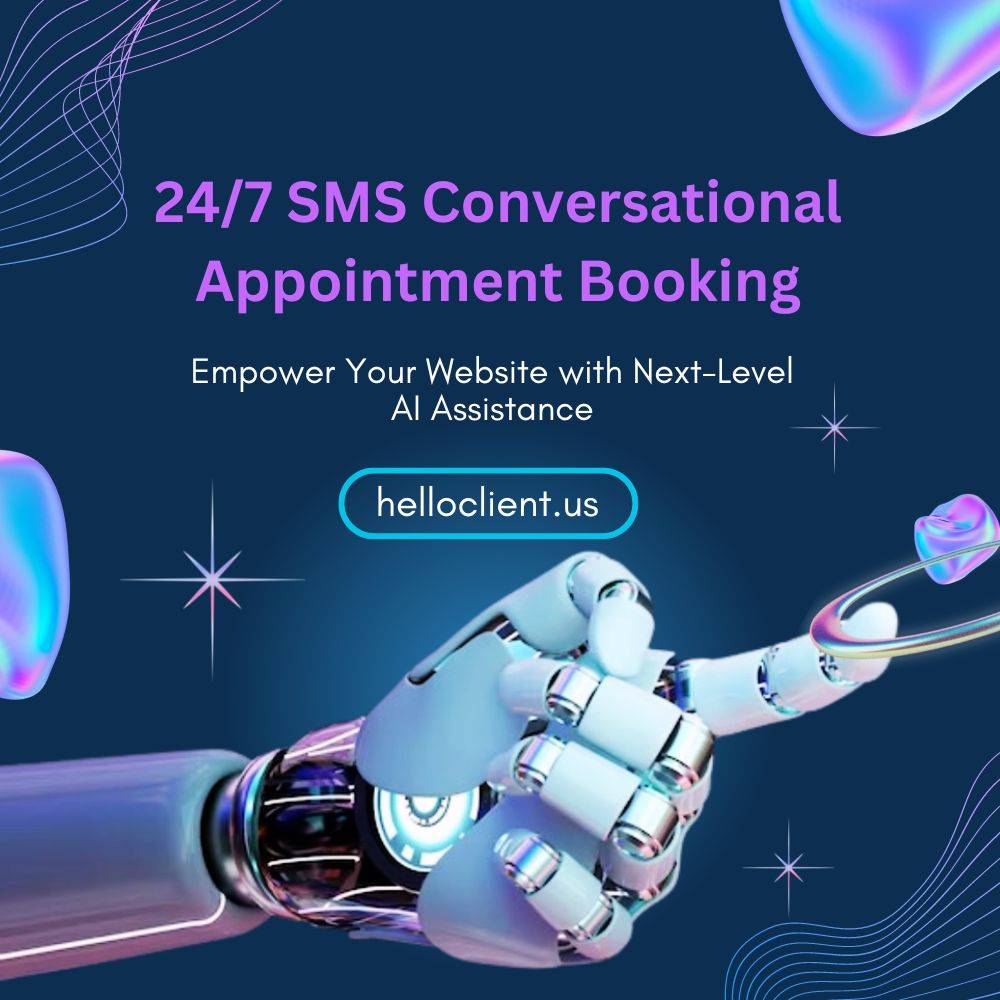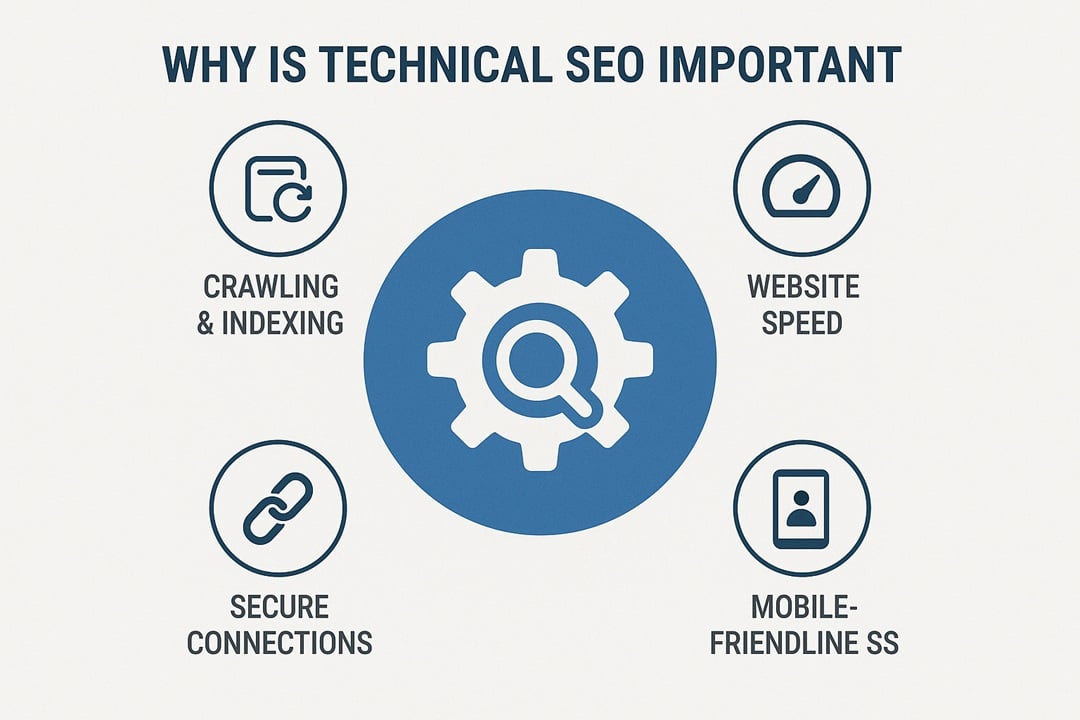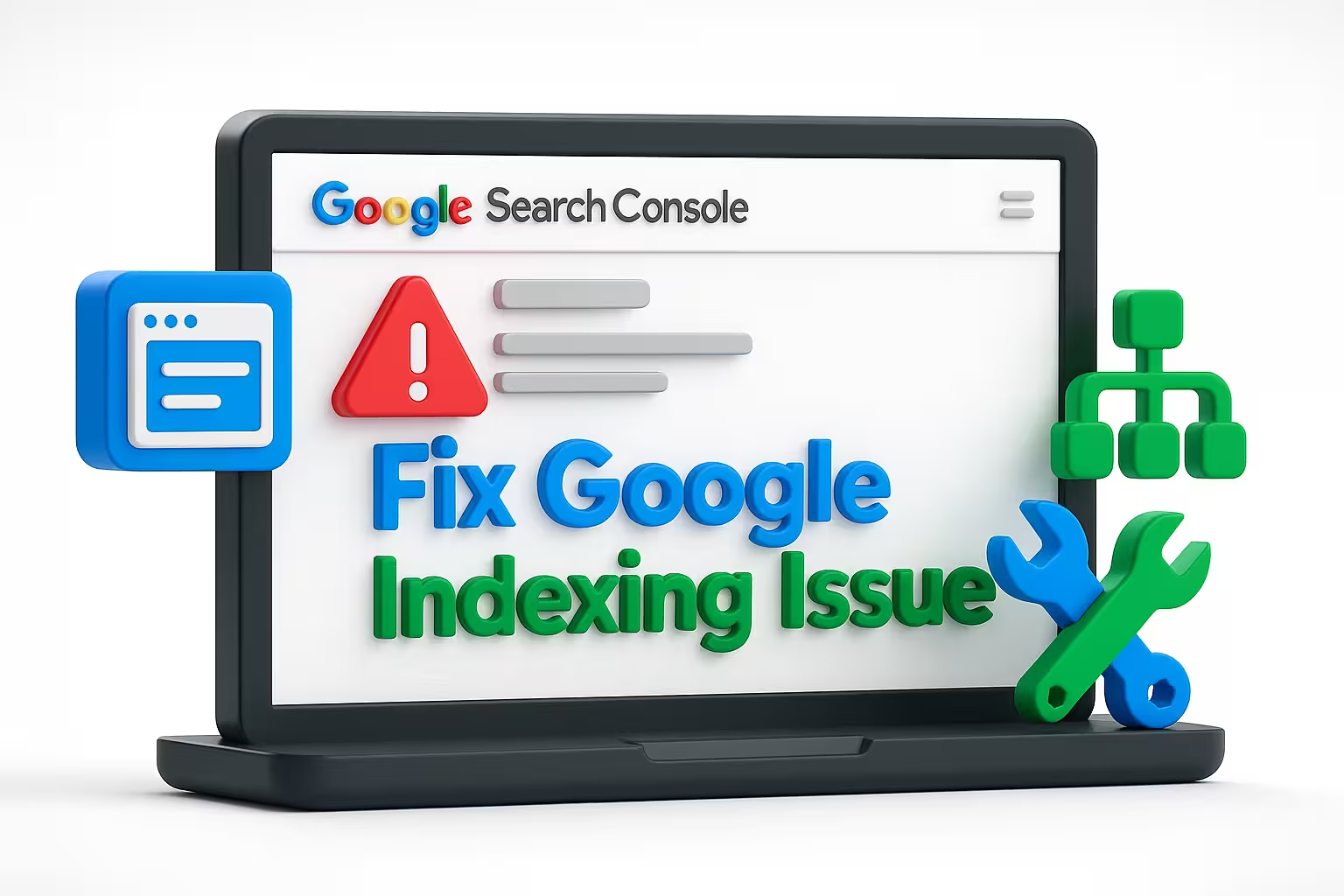Are your emails getting ignored? The solution will be found in the proper use of email marketing trends.
In 2025, inboxes are more crowded than ever. Email is used by almost everyone.
According to Statista, more than 4.5 billion people worldwide will be using email by the end of 2025. That’s over half the planet.
To stand out, you need to know what’s working—and what’s not.
That’s why we created this easy-to-understand guide on the most important email marketing trends.
Let’s dive in!
What Are Email Marketing Trends?
Think of email marketing trends like fashion styles—It change with time. These trends show how companies connect with people through email. It includes what kind of messages they send, how those messages look, and how people react to them.
Understanding email trends means knowing what’s popular and what your customers expect to see in their inbox. It helps you make better choices so your emails are opened, read, and clicked.
Why You Should Follow Email Marketing Trends in 2025
More than 333 billion emails are sent every day (Statista). This figure is projected to increase to 392.5 billion daily emails by 2026. If your emails don’t stand out, they’re likely to get ignored. That’s where the latest email marketing trends come in—they help you get noticed.
Following new email trends means you’re adapting to what your audience wants. It improves your open rates, builds trust, and helps grow your brand.
“Marketers must always evolve because inboxes are more crowded than ever.” – Chad S. White, Email Marketing Rules.
1. Hyper-Personalization Is Leading the Way
It’s not enough to just say “Hi [First Name].” Now, smart marketers use data to send emails based on what someone browsed, bought, or clicked. This is called hyper-personalization.
Thanks to AI, brands can now send emails with product suggestions, local event invites, and reminders—all based on a user’s behavior. That’s one reason email marketing trends 2025 are more personal than ever before.
Brands use AI tools like Mailchimp AI, Salesforce Einstein, and HubSpot to create emails that feel like they’re written just for one person.
This helps increase clicks, replies, and sales.
Imagine getting an email that says:
“Hi Jamie! We saw you liked sneakers — here’s 20% off your next pair.”
Feels better than just:
“Hey! Here’s a discount.”
Stats that matter:
- Personalized subject lines increase open rates by 26% (source: Campaign Monitor).
- Emails with personalized content get 6 times more clicks.
Pro Tip: Try using a customer’s location, past behavior, or preferences in your emails.
2. Interactive Emails Are the New Standard
Boring emails get deleted.
Now, people want to interact with emails.
Email design trends now include polls, image sliders, buttons, and videos—inside the email itself.
Imagine taking a quiz, watching a video, or clicking a poll—without leaving the email. That’s the power of interactive emails.
“Interactive emails can increase engagement by over 300%.” – Litmus Email Trends Report
It makes the experience fun and keeps readers engaged.
Example: Duolingo sends users progress bars and quiz-style questions in their emails.
This makes the email feel like an app.
Why this works:
People like doing things, not just reading. Adding small interactions keeps people interested.
3. Mobile-First Design Is a Must
Over 60% of emails are opened on smartphones (Litmus, 2024). If your email doesn’t look good on a small screen, most people won’t read it.
That’s why mobile-first design is now a key part of newsletter trends.
What works on mobile:
- Big fonts
- Short paragraphs
- Clear and large buttons
- Fast-loading images
- single-column layouts
Complicated designs are out. Keep subject lines short. Use clear CTAs (calls to action). Make sure your email loads fast.
Email trends in 2025 put mobile first, always.
Example:
Compare this:
❌ Tiny font + long block of text
✅ “Hi Tina, here’s your 10% off! [Shop Now]”
Pro tip:
Always test your emails on a phone before sending. Tools like “Litmus” or “Email on Acid” can help.
4. AI and Automation Are Changing Everything
You don’t need to send every email by hand.
Email automation tools can send messages based on actions your audience takes.
For example:
- Welcome emails are sent after someone signs up
- Cart reminders for online shoppers
- Birthday messages with special offers
AI Tools like ChatGPT, Mailchimp AI, and Salesforce Einstein help marketers write better subject lines, send at the best time, and even predict customer behavior.
“AI in email marketing will be the bi ggest disruptor in 2025.” – Ryan Phelan, RPEOrigin
This kind of automation makes campaigns smarter and saves time, two things every marketer wants.
Artificial Intelligence (AI) sounds like a big, scary word. But it just means computers helping us work smarter.
AI is now a big part of email marketing trends in 2025. It helps in many ways:
- Suggests the best time to send emails
- Writes subject lines and email content
- Group people based on their habits
For example, Netflix sends you suggestions based on what you watch. Email marketers do the same with your shopping habits.
AI makes your emails smarter and more helpful.
“AI is not replacing marketers; it’s making them superhuman.” – Neil Patel, Digital Marketing Expert
5. Email Plus Social Media
Email works better when it’s teamed up with your other tools, like social media.
Why?
Because people use many channels every day. If your message shows up in more than one place, they’re more likely to see it, remember it, and act on it.
Share TikTok videos in your emails:
Got a fun or helpful video? Add a preview in your email and link to the full TikTok. It builds curiosity and gets more views.
Give Instagram a shoutout:
Use your email to share a sneak peek of a new product, then send readers to your Instagram for more photos or stories.
Connect your app and email:
Want people to download your app? Try this:
“Use code EMAIL20 in our app to get 20% off today only!”
It’s all about connecting the dots. When your email, Instagram, TikTok, and app all work together, your brand feels stronger and more fun to follow.
Bonus Tip:
Use your email list to grow your social followers—add buttons that say “Follow us on Instagram” or “Watch our latest TikTok.”
You can also do the reverse: put a sign-up link in your bio so fans can join your email list.
6. Privacy, Trust, & Consent Are Top Priorities
Thanks to laws like GDPR and CCPA, people care more about how their data is used. That means marketers must ask for clear permission before sending emails.
This is part of a larger email trend called consent-based marketing.
It builds trust and keeps you legal. Plus, it can improve engagement, since you’re only emailing people who actually want to hear from you.
In 2025, businesses that are honest and clear win trust.
That means:
- Telling people what you’ll do with their email address
- Giving easy opt-out choices
- Not selling or sharing data without permission
Make your unsubscribe button easy to find. It builds trust and lowers spam complaints.
7. Simpler Is Better
Big graphics and heavy designs are out.
People don’t have time to read long blocks of text. The best emails in 2025 are short, clear, and scannable.
More and more brands are using plain text or simple emails.
Why?
They load faster, feel more personal, and are less likely to hit spam folders.
Simple doesn’t mean boring. That means fewer words, more white space, and a single clear message. It’s one of the latest email marketing trends today.
Email trend tip: Use short paragraphs, bullets, and a simple design.
8. Educational Content That Helps
Selling is fine. But teaching is even better.
When your emails help people solve a problem or learn something new, they start to trust you.
They see you as more than just a business — they see you as someone who wants to help.
And guess what? Helpful brands get remembered.
Real Examples of Educational Emails:
- A gardening store sends:
“How to Plant Tomatoes in Spring (Even in Small Spaces)”
This helps beginners start gardening with confidence. - A gym emails:
“5 Easy Stretches You Can Do at Home — No Equipment Needed”
Now readers have a reason to stay active (and maybe join a class later). - A finance blog offers:
“How to Create a Budget in 10 Minutes”
It teaches a useful skill that could change someone’s life.
These kinds of emails give value before asking for anything in return. That’s powerful.
Why It Works:
When readers feel helped, they come back. They open your emails. They tell friends, & they trust your brand.
And when they’re ready to buy, they’ll choose you.
9. User-Generated Content Builds Trust
Nothing beats a real review or a customer photo. That’s why brands are adding user-generated content (UGC) into their emails.
From testimonials to selfies, UGC makes your emails more relatable and believable. It’s also a great way to highlight loyal customers.
10. Dark Mode and Accessibility
Email should work for everyone, including people with vision issues. That means bigger fonts, high contrast colors, and good alt text.
This isn’t just nice—it’s necessary. Brands that focus on email design trends for accessibility reach more people and show they care.
Many users now prefer dark mode on their phones and computers. If your email design doesn’t work in dark mode, it may be hard to read.
Email design trends include dark mode optimization and making emails readable for everyone—including people using screen readers.
Always add alt text to images.
Need support with automation, design, or strategy?
We’re here to help.
Check out our email marketing service to see how we can make your campaigns better.
A/B Testing Is Smarter Than Ever
With better tools, A/B testing is no longer guesswork. You can now test everything—from subject lines to images—to see what really works.
Smart testing is a major email marketing trend helping marketers improve open rates and click-throughs.
Real Brand Examples
Here are real examples of how big brands use email marketing trends to communicate with their customers, attract more interest, and stay ahead of the competition:
1. Spotify – Master of Hyper-Personalization
Trend Used: Hyper-personalization, AI-driven content, dynamic data
What They Do:
Spotify uses listener data to create personalized playlists, wrapped summaries, and curated recommendations in emails. Every message feels like it’s crafted just for the user—because it is.
In their year-end “Spotify Wrapped” campaign, users receive a customized recap of their most-played songs, artists, and genres. These emails include personal stats like “You listened to 2,412 minutes of music this year,” making each message feel special.
Why It Works:
- Encourages sharing on social media (free exposure)
- Builds emotional connection
- Boosts engagement with the app and platform
- Fully embraces the email marketing trends 2025 around smart automation and personalization
2. Amazon – Behavior-Based Recommendations
Trend Used: Data-driven automation, segmentation, personalized offers
What They Do:
Amazon sends emails based on customer behavior, such as browsing history or past purchases. If you viewed a product but didn’t buy, you’ll likely get a follow-up email with suggestions or reminders.
Example:
“Still interested in this item?” or “Customers who bought this also bought…” emails.
Why It Works:
- Increases conversion rates
- Feels helpful rather than pushy
- Utilizes powerful email trend strategies like predictive analytics and real-time data tracking
- Perfects A/B testing to optimize subject lines, product images, and CTAs
3. Duolingo – Gamified and Interactive Emails
Trend Used: Interactivity, gamification, simple and engaging design
What They Do:
Duolingo’s emails include progress trackers, streak reminders, and quizzes—all directly inside the email. Their tone is playful, motivating users to continue learning.
Example:
“Don’t break your streak! You’re on day 15. Keep it up!” includes a button to return to the app. Sometimes, the owl mascot appears with fun GIFs or countdowns.
Why It Works:
- Keeps users engaged daily.
- Encourages action with urgency.
- Follows the latest email marketing trend of using micro-interactions and visual triggers.
- Aligns with newsletter trends that promote consistency and user involvement.
4. Airbnb – Clean Design and AI Personalization
Trend Used: Clean layouts, mobile-first design, dynamic content
What They Do:
Airbnb sends travel inspiration emails based on your location, recent searches, and booking behavior. They use eye-catching images and bold CTAs with a mobile-optimized layout.
Example:
“Top places to visit this summer,” based on cities you’ve searched or hosts you’ve messaged. They even include your past stays and reviews for context.
Why It Works:
- Visually appealing and distraction-free.
- Feels like a curated experience.
- Uses email design trends focused on simplicity and clarity.
- Provides value, not just promotion.
5. Headspace – Empathy and Accessibility
Trend Used: Empathetic messaging, inclusive design, accessibility
What They Do:
Headspace emails promote mindfulness with calm, encouraging messages. Their emails use clear fonts, soft color schemes, and simple layouts to make content readable for all, including users with visual impairments.
Example:
A morning mindfulness reminder with “Take 5 minutes to breathe today.” Includes a direct CTA: “Listen Now.” Alt text is included for images and buttons.
Why It Works:
- Promotes wellness without pressure.
- Focuses on newsletter trends rooted in kindness and care.
- Supports readers with disabilities—an emerging email marketing trend.
- Builds trust with audience through tone and experience.
6. Grammarly – Progress Reports and User Data
Trend Used: Personalized data reports, behavior-based emails, clean visuals
What They Do:
Grammarly sends weekly emails summarizing your writing activity, including the number of words checked, tone analysis, and vocabulary improvement.
Example:
“You were more productive than 82% of Grammarly users this week.” Includes a visual graph and a CTA to view full report.
Why It Works:
- Motivates users to continue using the app
- Makes users feel successful
- Embraces email trends of showing real-time value
- Clean and mobile-first design ensures readability on all devices
7. Netflix – AI-Powered Suggestions
Trend Used: AI recommendations, behavioral triggers, video previews
What They Do:
Netflix sends email alerts when new shows are added that match your viewing history. The emails often include animated previews or direct links to watch.
Example:
“New episodes of Stranger Things just dropped. Watch now!” includes a GIF teaser and a clear “Play” button.
Why It Works:
- Feels like a reminder from a friend.
- Smart automation boosts relevance.
- Perfect use of email trend technologies like video, personalization, and predictive AI.
These brands follow the top email marketing trends to connect better with users.
Mistakes That Hurt Your Email Game
Avoid these common errors:
1. Sending Too Many Emails
Overloading your audience with emails can quickly lead to fatigue and unsubscribes.
What to do instead:
Send messages at a steady, respectful pace. Focus on quality and relevance, not just frequency.
2. Lack of a Clear Message
Emails that try to do too much often end up doing nothing at all.
What to do instead:
Stick to one main idea per email. Make your content focused, direct, and easy to digest.
3. Weak or Generic Subject Lines
A subject line is the first thing your audience sees — and the deciding factor in whether they open your email.
What to do instead:
Craft compelling, personalized subject lines. Use urgency, curiosity, or value to draw the reader in.
Example: “Just for You: 20% Off This Weekend Only”
4. Ignoring Mobile Optimization
More than half of emails are opened on mobile devices. Poor formatting can lead to immediate deletion.
What to do instead:
Use responsive design, concise text, and large clickable buttons to ensure your email looks great on every screen.
5. No Clear Call to Action (CTA)
If your reader doesn’t know what to do next, they’ll likely do nothing at all.
What to do instead:
Always include a clear, direct CTA — whether it’s “Shop Now,” “Download the Guide,” or “Book a Demo.”
6. Making Unsubscribing Difficult
Hiding or complicating the unsubscribe process can lead to spam complaints and damage your sender reputation.
What to do instead:
Be transparent. Make it easy for users to opt out if they choose — it shows integrity and builds long-term trust.
7. Skipping Testing
Sending emails without testing can result in broken links, errors, or formatting issues.
What to do instead:
Always preview and test your emails across devices and email clients before sending. Check for spelling, design, and functionality.
8. Robotic or Overly Formal Tone
A cold, corporate tone can push readers away, especially if your brand is meant to feel personal or relatable.
What to do instead:
Write in a conversational yet professional tone. Speak directly to your audience like a trusted advisor, not a faceless company.
What Experts Say About the Future
“Email is far from dead. It’s evolving—and fast.” – Ann Handley, Marketing Expert
“Clean, simple design paired with personalization is what wins today.” – Jay Baer, Strategist
These insights confirm that being human, helpful, and up-to-date is what matters most.
Quick Recap – Top Email Marketing Trends in 2025:
- Hyper-personalization with AI
- Interactive and gamified content
- Mobile-first, simple designs
- Smarter automation and predictive analytics
- Email + social media synergy
- Privacy-first and consent-based marketing
- Minimalist designs
- Educational, helpful emails
- UGC for trust and relatability
- Accessible designs for all
The Future of Email Marketing
Expect emails to become even smarter in the future. AI will help write and send messages. Automation will get better. Privacy will be stricter. But one thing will stay the same:
The best emails are the ones that care about the reader.
Finally,
The world of email marketing trends is changing quickly. But if you stay informed, keep your emails personal, and focus on what your audience really wants, you’ll stay ahead of the game.
Are your emails ready for 2025?
Contact us today to discuss with our consultant freely and take your email strategy to the next level.
FAQs about Email Markeing Trends
How do I know if my email plan is old or not working?
If fewer people open or click your emails, it may be time to change your plan. New tools like automation and personalization can help.
Are email newsletters still useful in 2025?
Yes! Newsletters still work well if they are fun, helpful, and sent to the right people.
How often should I send marketing emails?
Once a week or a few times a month is usually good. Test different times and see what your readers like best.
Can I put emojis in email subject lines?
Yes, emojis can make your subject line stand out. Just don’t use too many or it may look like spam.
Do people read long emails now?
Not always. Most people like short emails they can read fast. But if your message is interesting, they might read the whole thing.
What else should I check besides open rates?
Check how many people click your links, buy something, or unsubscribe. These numbers show if your emails are working.
Are email templates better than plain text?
Both can work. Templates look nice, but plain text can feel more personal. Try both and see what works best.
Can AI write good emails?
AI can help write emails fast, but you should always check the writing. Make sure it sounds right and fits your brand.
What is email list cleaning?
It means removing emails that don’t work or people who don’t read your messages. This helps your emails reach real readers.
What is email list cleaning?
It means removing emails that don’t work or people who don’t read your messages. This helps your emails reach real readers.







